
A walk I do
This work combines instrumental performance with live audio and text processing. I asked Carla Rees to send me an informal description of a favourite walk, which I used as found material.
Involving live music performance or other live elements.

This work combines instrumental performance with live audio and text processing. I asked Carla Rees to send me an informal description of a favourite walk, which I used as found material.
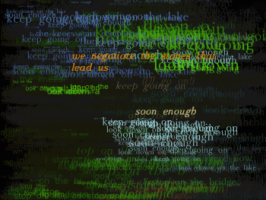
This work was made in 2015, for instrument (or two instruments) and mac App (iPad or mac). The performer influences the way the visual and aural landscape emerges and recedes, and tells a story about a walk, a lake, and being in a place. Words are drawn from an informal text on a walk by Paul Roe.
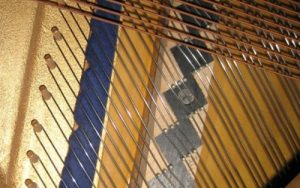
Composed in 1991 for piano, digital sound and live electronics, this piece is about aspects of translation, and makes use of Gaelic psalm singing, speech from a documentary radio programme on translating from Gaelic to English, and what is lost.
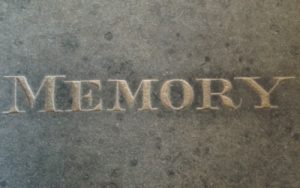
Composed in 1991, almost as an ‘escape’ from being immersed in the world of computer music and sound manipulation. Memory places draws its inspiration from the Renaissance notion of the ‘Theatre of Memory’, and the fact that instrumental music – played by live, human performers – is a remembering of sound quite unlike that of recorded sound
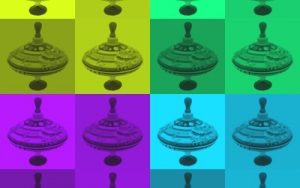
This rather eccentric set of pieces for solo percussion, intended as not a little ironic in tone, was commissioned for Simon Limbrick to play at a concert of music by composers then working at Goldsmiths, University of London. Please feel free to cut, adapt and play in any order.
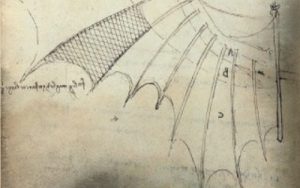
In this piece for four voices and fixed sound, composed in 1993, the myth of Icarus is interwoven with brief extracts from Leonardo’s astounding writings on flight, and on the sun. Both could be said to represent a yearning for distant possibilities, spiritual or otherwise.
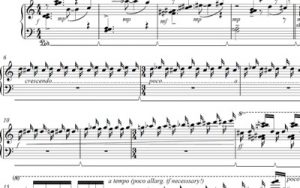
A short, theatrical piano solo, composed for the Guildford Festival in 2005, to be played with thumbs only, a baroque suite in miniature based on Dylan’s ‘Mr Tambourine Man’. The programme notes (to be read at performance) are vital.
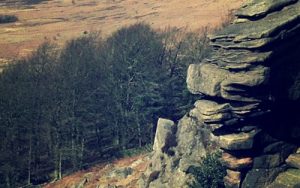
Solo piano, 1995. The four pieces which make up Transparent things each explore notions of transparency: the idea of looking through a surface in search of something less tangible, and more resonant. They were inspired by both the above quotation and my long walks on and around Stanage Edge, in the Peak District, Derbyshire (UK).
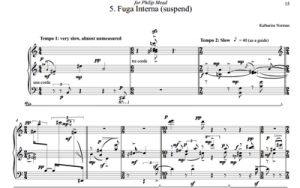
Solo piano, 2010. The fifth in my series Fuga Interna, this one based in obscure and devious ways on all the suspensions within Bach’s Fugue in B Minor, book 1 of the Well-Tempered Clavier.
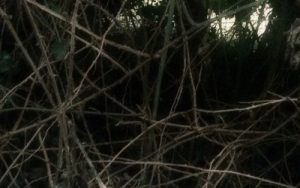
Commissioned for Paul Roe to perform at the Galway Arts Festival in 2000. I wrote this piece very much with Paul in mind, and his particular ability to explore the more experimental timbres contained within the clarinet.
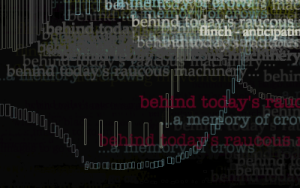
Composed 2013, for 1-2 instruments and electronics, and also available as a fixed video realisation. It’s a poetic exploration of place, and place making, and makes use of live interactive processing of animation, text and audio.
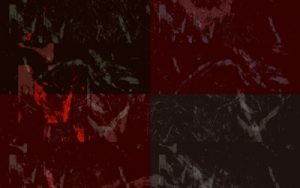
The inability to sleep, despite attempts at rest. Like an insomniac this piece is agitated and unable to settle. The instrumentalists inhabit a dark, oppressive world which is constantly active, fragmentary and bordering on nightmare.
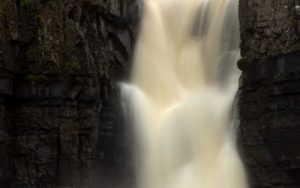
The piece was originally written for pianist (and physicist) Steven Neugarten, who said ‘why not write a piece about turbulence?’ and got my particular interpretation of the idea, a virtuoso piece that proceeds from bottom to top of the piano.

Composed in 2011, the sixth piece in a series for piano, Fuga Interna, and the first to include a digital part, which also includes a text by myself about listening, learning to play the piano, age and memory.
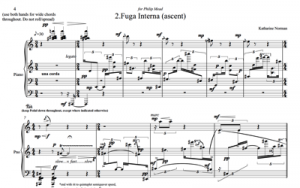
Composed in 2000 for performance by Philip Mead, one of a series of relatively short works for piano, Fuga Interna, started in 1997.
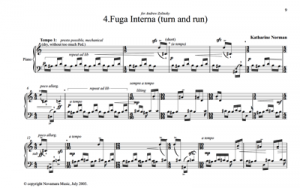
Solo piano, 2003. No recording just yet for this one yet, sorry. This is one of a continuing series of relatively short works for piano, started in 1997 (and very much still in progress). Each contains brief ‘quotes’ from those that preceded it, but the pieces can be performed in any order and combination, as the […]
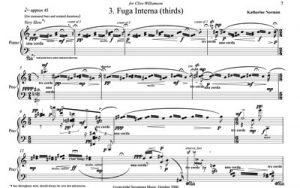
Solo piano, 2000. One of a continuing series, each piece inspired by the pianist for whom I wrote the particular piece, and also from my experience of playing Bach’s Fugue in B minor, Book 1 of the Well-Tempered Clavier.
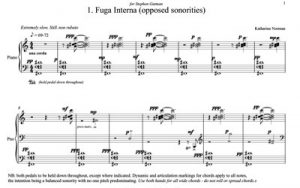
Solo piano, 1997. This is the first of a continuing series of relatively short works for piano, started in 1997 (and very much still in progress). Each contains brief ‘quotes’ from those that preceded it, but the pieces can be performed in any order and combination, as the performer prefers. All are inspired by the pianist for whom I wrote the particular piece, and also from my experience of playing Bach’s Fugue in B minor, Book 1 of the Well-Tempered Clavier.
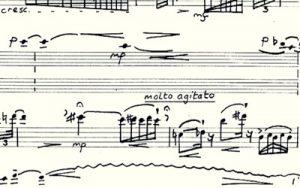
Composed in 1994, Trilling Wire is virtuoso piece for clarinet with a fixed sound part. It is fast and furious, but does not require extended techniques. The title is taken from a line in T.S. Eliot’s poem, Four Quartets.